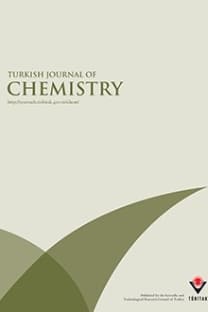Nature of second-order nonlinear optical response in phthalocyanine derivatives: a density functional theory study
Phthalocyanine, DFT, second-order NLO, dipolar moment, octupolar moment
Nature of second-order nonlinear optical response in phthalocyanine derivatives: a density functional theory study
Phthalocyanine, DFT, second-order NLO, dipolar moment, octupolar moment,
- ISSN: 1300-0527
- Yayın Aralığı: 6
- Yayıncı: TÜBİTAK
Didem EVREN, Hacer Yasemin YENİLMEZ, Ayfer Kalkan BURAT
Senem ÇOLAK, Salih Zeki YILDIZ
Lina YE, Zhongping OU, Deying MENG, Mingzhu YUAN, Yuanyuan FANG, Karl M. KADISH
Victor N. NEMYKIN, Elena A. MAKAROVA, Nathan R. ERICKSON, Pavlo V. SOLNTSEV
Yusuf YILMAZ, Ali ERDOĞMUŞ, Muhammet Kasım ŞENER
Chiming WANG, Chao CHEN, Qingqi ZHANG, Dongdong QI, Jianzhuang JIANG
Irene SANCHEZ MOLINA, Mine INCE, Giovanni BOTTARI, Christian Georges CLAESSENS
Halil Zeki GÖK, Berna FARSAK, Hülya KELEŞ, Mustafa KELEŞ
Ümit İŞCİ, Fabienne DUMOULİN, Alexander B. SOROKİN, Vefa AHSEN
History, development, and a new concept of phthalocyanines in Turkey
